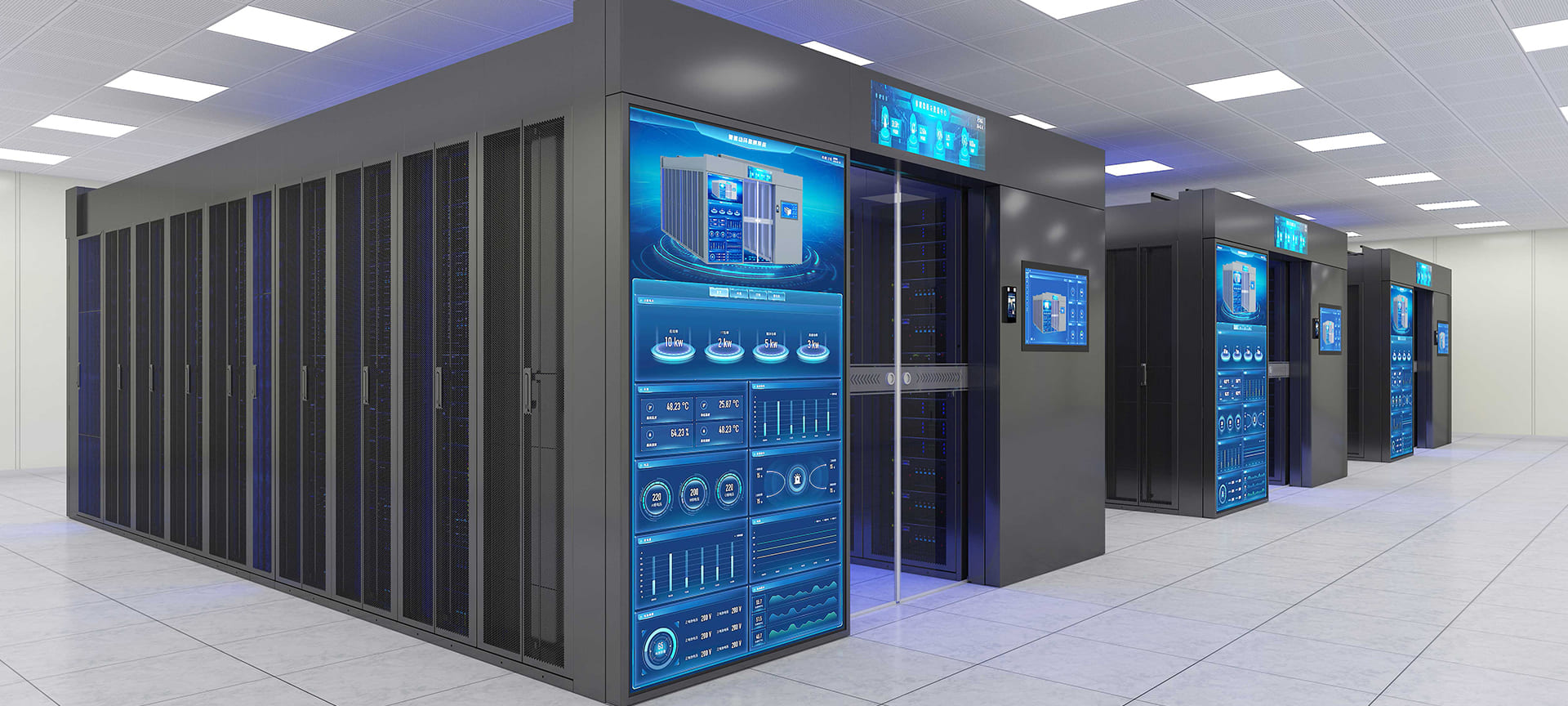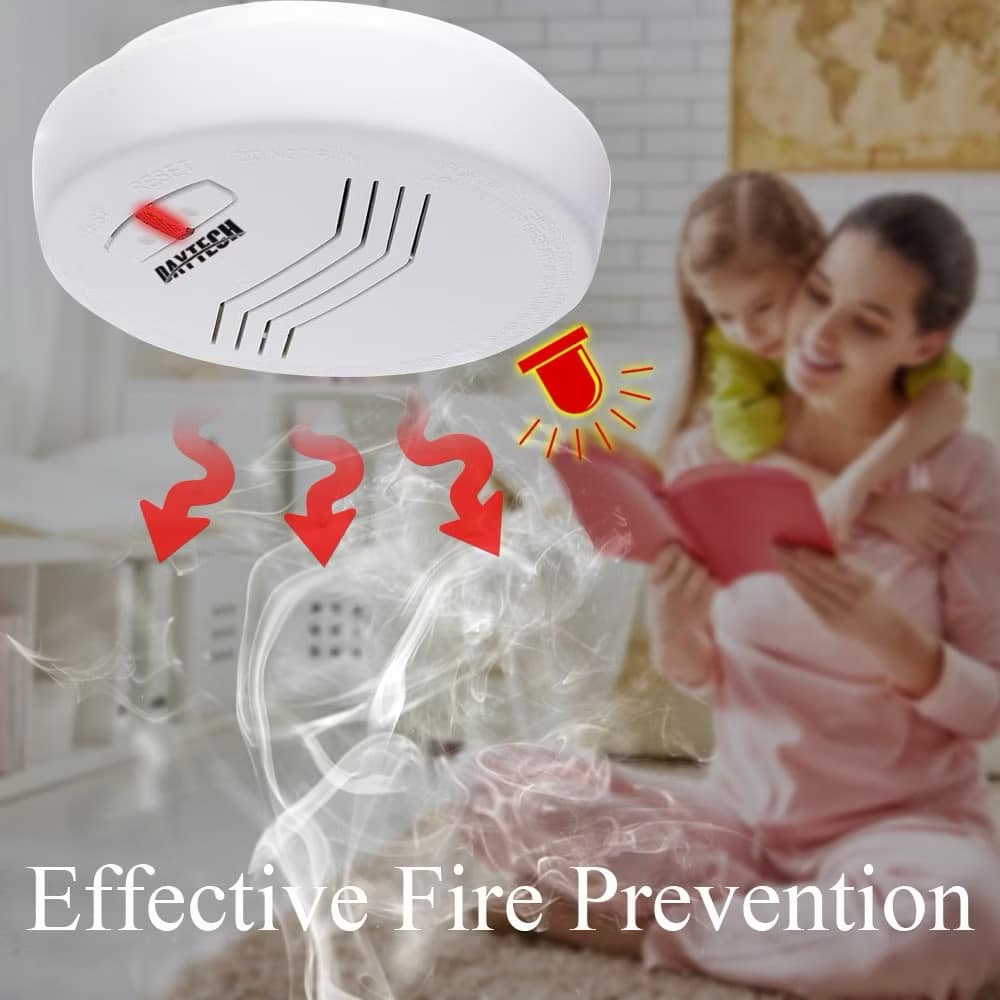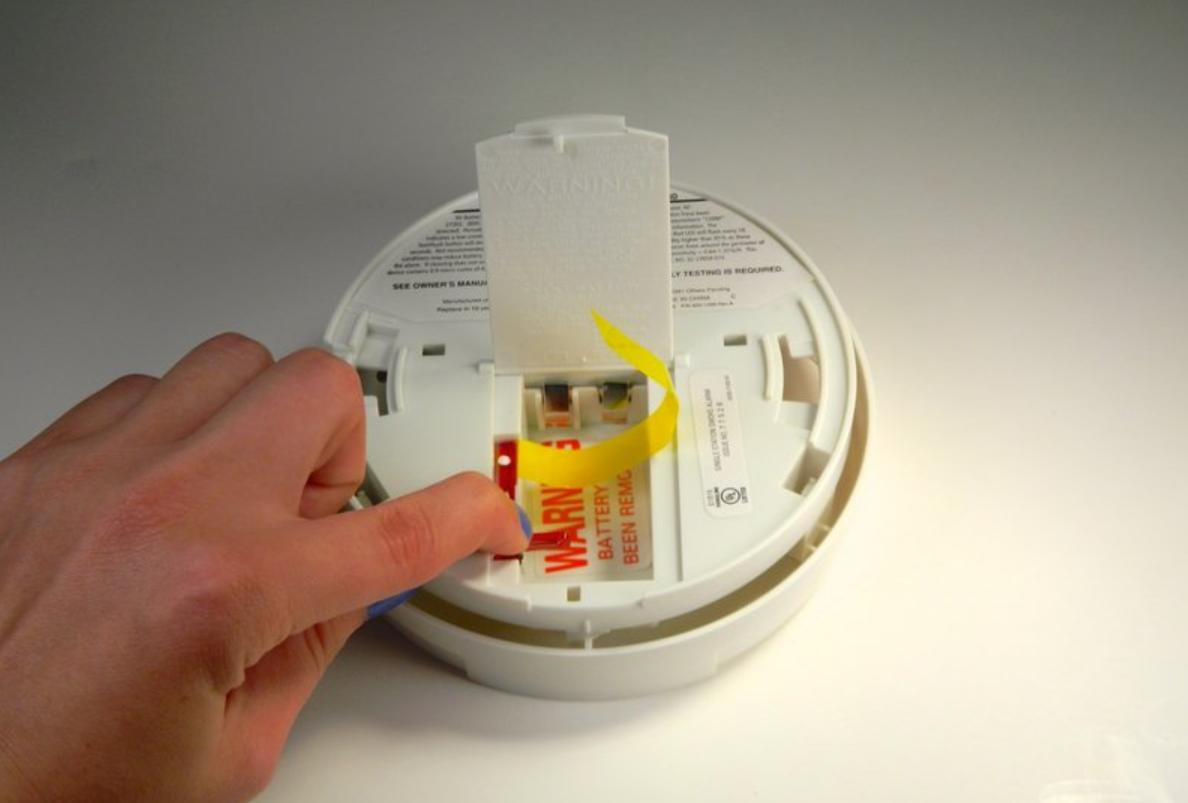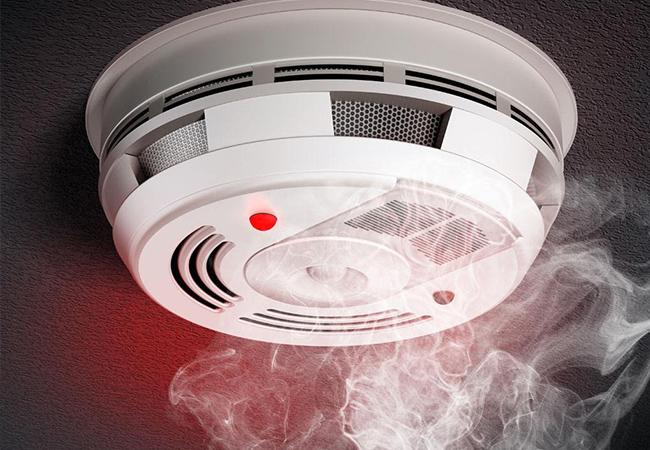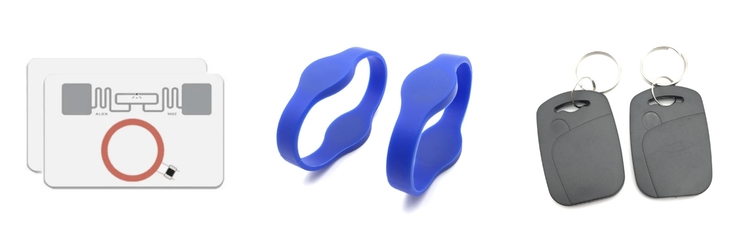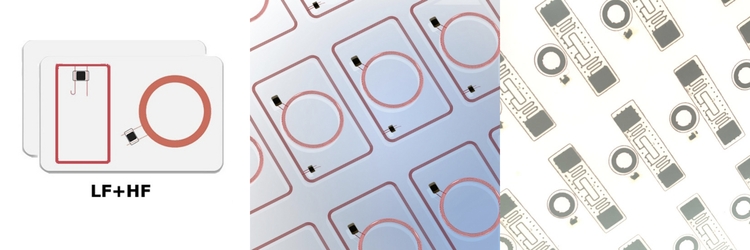In the world of radio transmission and high-fidelity audio systems, signal stability and timing accuracy are critical. At the heart of achieving this precision is the crystal oscillator - an often underestimated component, but essential for achieving stable signal performance and excellent audio quality. We will walk you through how crystal oscillators support the functions of radio transmitters by providing a stable clock signal, enabling precise frequency generation, and enhancing overall sound reproduction.Precision Timing and Audio Processing.
One of the primary reasons crystal oscillators are used in radio transmitters is their ability to produce highly stable and consistent clock signals. These signals act as the timing backbone for audio processors, digital-to-analog converters (DACs), and phase-locked loops (PLLs). In professional audio equipment, such as high-end transmitters and studio-grade mixers, the integrity of this timing directly influences sound accuracy.
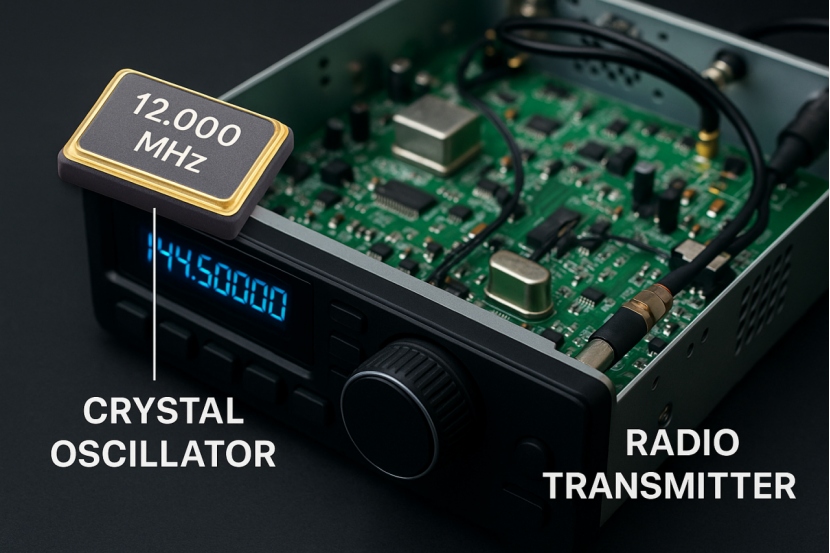
Without a stable clock, audio processors may experience jitter—minute variations in signal timing that can introduce distortion or loss of detail in audio playback. By using a high-precision crystal oscillator module, system designers can significantly reduce jitter, resulting in clearer signal paths and cleaner output. This is particularly critical in digital audio broadcasting, where synchronization errors can degrade the overall listening experience.
Low Phase Noise and Frequency Accuracy
Another critical advantage of crystal oscillators is their low phase noise performance. Phase noise refers to the short-term fluctuations in the frequency of a signal. In high-fidelity audio and radio applications, phase noise can manifest as background noise or unwanted spurious signals. A crystal oscillator with excellent phase noise characteristics ensures that the carrier signal of a transmitter remains pure, reducing interference and improving audio clarity.
For example, in a high-stability TCXO (Temperature Compensated Crystal Oscillator), internal temperature feedback mechanisms help maintain precise frequency output despite ambient temperature changes. This type of oscillator is ideal for environments where temperature fluctuation could compromise signal quality—such as in outdoor broadcasting or mobile transmission setups.
Enabling Frequency Modulation Consistency
Radio transmitters rely on precise frequency modulation (FM) to encode and deliver audio content. Any deviation in the carrier frequency can lead to distortion or tuning mismatches. Crystal oscillators, with their inherent stability, ensure that these deviations remain minimal. In systems designed for stereo broadcasting or multichannel audio streaming, the frequency accuracy supported by a quartz crystal oscillator becomes even more essential.
Many professional-grade transmitters now integrate programmable crystal oscillators, allowing for flexibility in output frequency while maintaining the same high level of accuracy. These components are particularly useful in software-defined radios (SDRs) and multi-standard broadcast platforms where tuning agility is as important as signal purity.
Supporting Modern Audio Architecture
With the increasing demand for high-resolution audio and seamless wireless transmission, the role of timing components has grown more central. A low-jitter clock oscillator not only ensures consistent data transfer rates across digital interfaces like I²S or SPDIF, but also supports complex error correction algorithms that rely on exact timing references.
In applications such as satellite radio uplinks, FM repeater networks, and even consumer-level Bluetooth transmitters, the oscillator's precision directly correlates to the system's audio fidelity. As audio technology continues to evolve, so too must the components that govern its foundational timing structures.
Crystal oscillators are indispensable to radio transmitter design—not merely for their frequency-generating capabilities, but for their ability to uphold timing integrity, suppress noise, and preserve the purity of audio signals. Whether in professional broadcasting, studio-grade audio processing, or high-performance consumer electronics, the integration of advanced oscillators like TCXO, quartz crystal oscillator, and low-jitter clock modules marks a significant step toward uncompromised sound quality and transmission accuracy.
